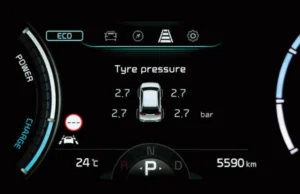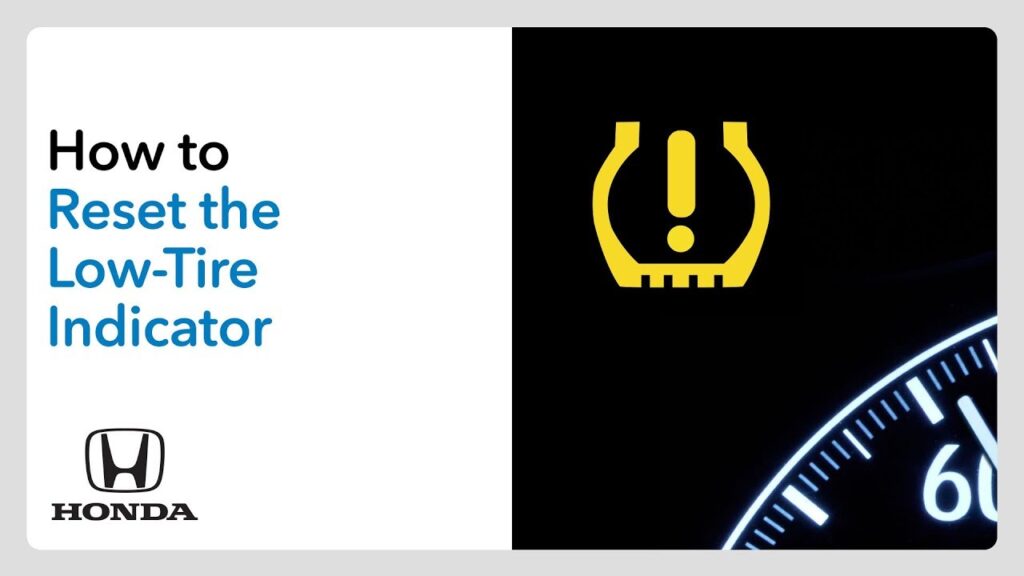Blog
How to Calibrate and Reset Your TPMS System
How to Calibrate and Reset Your TPMS System
The Tire Pressure Monitoring System (TPMS) is a vital feature in modern vehicles, designed to monitor tire pressure and alert drivers to potential issues. Like any technology, TPMS requires periodic calibration or resetting, especially after maintenance tasks like tire replacement, rotation, or sensor battery changes.
This guide will walk you through when and how to calibrate or reset your TPMS system to ensure its optimal performance.
Why You Might Need to Reset or Calibrate TPMS
Your TPMS might require recalibration or resetting in the following situations:
- Tire Replacement or Rotation: When you change or rotate tires, the sensors may need to recalibrate to recognize their new positions.
- Sensor Battery Replacement: TPMS sensors have batteries that last 5–10 years; replacing them often requires a reset.
- Flat Tire Repairs: After repairing a flat or changing a damaged tire, the TPMS system may need recalibration.
- Warning Light Is On: If the TPMS light stays on even after inflating the tires to the correct pressure, a reset might be necessary.

Methods to Calibrate and Reset TPMS
Resetting or calibrating your TPMS depends on the type of system in your vehicle. Below are the most common methods:
1. Using the TPMS Reset Button
Most vehicles with direct TPMS have a dedicated reset button.
Steps:
- Check Tire Pressure: Ensure all tires, including the spare, are inflated to the recommended pressure listed on the driver’s side door panel.
- Turn On the Ignition: Without starting the engine, turn the key to the “ON” position.
- Locate the Reset Button: This is often found beneath the dashboard, near the steering wheel, or inside the glove compartment.
- Hold the Button: Press and hold the reset button until the TPMS indicator light blinks or flashes.
- Drive Your Vehicle: Drive at a consistent speed (typically above 30 mph) for about 10–20 minutes to allow the system to recalibrate.
2. Using the Infotainment System
Some newer cars let you reset the TPMS via the infotainment system.
Steps:
- Access the Vehicle Settings Menu: Turn on the vehicle’s infotainment system and navigate to the settings menu.
- Find TPMS Options: Look for options like “TPMS Calibration” or “Reset TPMS.”
- Follow On-Screen Instructions: Confirm your selection and follow any prompts to reset the system.
3. Using a TPMS Tool or OBD-II Scanner
A TPMS programming tool or OBD-II scanner is often required for advanced resets or recalibrations.
Steps:
- Connect the Tool: Plug the OBD-II scanner or TPMS tool into the vehicle’s diagnostic port, usually located under the dashboard.
- Follow Device Prompts: Use the scanner to access the TPMS settings and select the reset or calibration option.
- Test the System: After recalibrating, confirm that the TPMS light is off and the readings are accurate.
Tips for Successful TPMS Calibration
- Ensure Proper Tire Inflation: Double-check tire pressure before starting any reset process. Incorrect inflation can lead to inaccurate readings.
- Drive Consistently: Many systems require you to drive a short distance at a steady speed to complete the calibration.
- Consult Your Owner’s Manual: Each vehicle model has specific TPMS reset instructions; refer to your manual for detailed guidance.
- Perform Regular Maintenance: Keep your sensors clean and functional to avoid frequent recalibrations.

Troubleshooting Common TPMS Issues
Sometimes, resetting the TPMS system doesn’t resolve the problem. Here are a few potential causes:
- Faulty Sensors: Sensors can wear out over time and might need replacement.
- Dead Sensor Battery: Replace the battery if the sensor stops transmitting data.
- Damaged Tire Valve: A faulty valve can lead to inconsistent readings.
- Persistent Warning Light: If the light stays on after resetting, there may be an issue with the TPMS module or wiring.
Professional Assistance
If DIY calibration doesn’t work, or if the TPMS warning light persists, it’s best to consult a professional mechanic. They can diagnose and fix underlying issues with the system or sensors.
Conclusion
Understanding how to reset and calibrate your TPMS system ensures your tires remain in safe, optimal condition. Whether you’re addressing routine maintenance or troubleshooting a warning light, following these steps will help keep your system functioning properly.
Stay proactive with tire care and TPMS maintenance for a smoother, safer driving experience. For more expert automotive tips, visit RegalXmuse.com.


